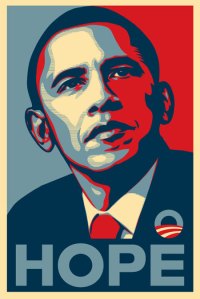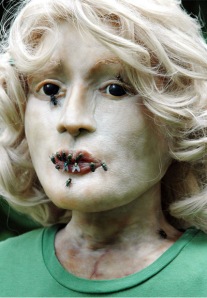The MLSC, charged with distributing some $1B over a ten year period, invested $48.5 M...
Anita Harris Communications
In a recent talk, MIT Institute Professor Bob Langer described the difficulties he faced in his early...
On closer inspection, it becomes clear that Fairey has greatly transformed the photo, which he uses...
If Heide Hatry’s provocative photographic show—Heads and Tales--at the Peirre Menard Gallery, (10 Arrow St. in Cambridge)...
Much as I appreciated the companionship on Valentine's night, the relationship is just not working out. It's...
It's not that I don't appreciate my new social life and those late night calls from apologetic...

